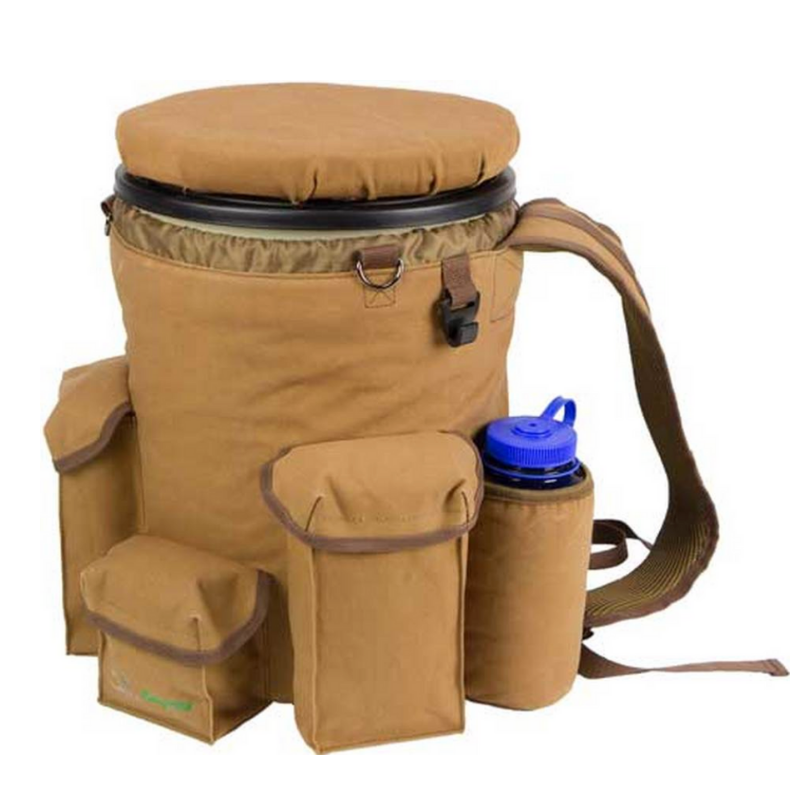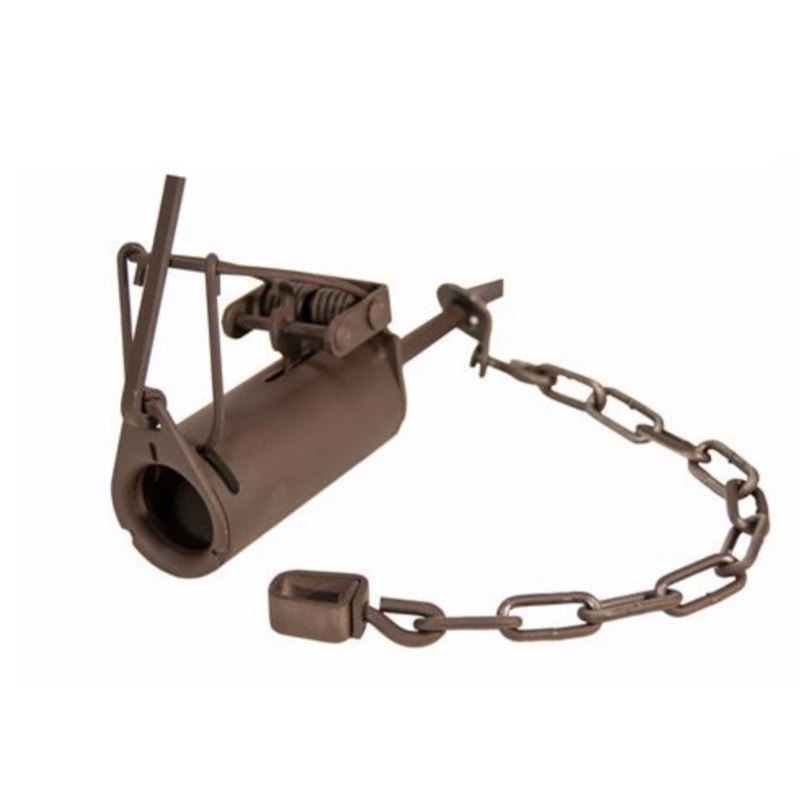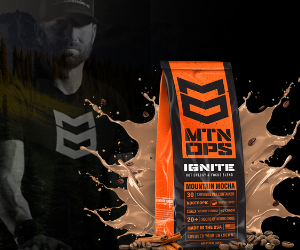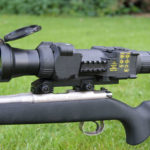Raccoons are one of the most distinctively North American animals found on the continent. Settlers popularized them centuries ago by wearing raccoon skin, or coonskin, caps to keep their heads warm and insulated from the cold. Heroes of the American frontier like Daniel Boone or Davy Crockett are often depicted as wearing coonskin caps in artwork.
Raccoons are highly adaptable animals and can be found in just about every corner of the continent except for the dry, arid desert regions of the American southwest. They have developed a reputation as a nuisance more than anything and are well-known for their ability to sneak in and snatch food from unsuspecting humans using their extremely dexterous paws.
Raccoons are now trapped for removal and relocation more so than for their pelts, and for that reason we will focus on using some traditional trapping methods, as well as modernized raccoon trapping strategies that work surprisingly well.
How to Trap Raccoons 101
We have done the research and put together a step by step guide on how to trap raccoons. The information we are about to cover will be helpful whether you are just starting out, or if you need a refresher.
A super easy and convenient way to carry trapping supplies out to the woods.
Where to find raccoons
Raccoons can be found in densely forested areas with mature hardwoods that will offer cover and habitat for raccoons, as well as refuge for fleeing raccoons to hide in from predators. However, these intelligent and adaptable creatures are finding it more appealing to live in rural or even suburban areas near forests for their potential in offering raccoons easy meals.
As many homeowners know all too well, once a raccoon finds its way into your garbage cans or food pantry, it will return again and again and capitalize on the easy meal despite the dangers posed by humans, dogs and other animals near urban areas.
If you’re looking to trap raccoons from their natural habitat, however, you’ll want to stick to dense, mature forests that are near wetlands or waterways. Raccoons love to stick to forests that border rivers or lakes, which they will actually use to “wash” most of their food items.
Related Article: Beaver Trapping 101
Preparing your traps
Unlike coyotes or foxes, raccoons are not as wary of traps and will often still investigate a trap set even if it contains human scent. This means you will not likely have to go through as much effort in order to remove scents from your traps in the same way you would if you were trapping for coyotes or foxes.
However, it doesn’t hurt to take extra steps to ensure that you give yourself the best chance at trapping your prey. Some mature raccoons might actually be smart enough to avoid a trap that contains human scent, so it is best to use gloves and take other precautionary measures so as not to leave scent around your traps.
These are our favorite dog proof coon traps that we use.
Dog Proof Raccoon Set
If you’re trapping near rural areas or urban neighborhoods, the likelihood of catching a dog before you’ll trap a raccoon is very high. For this reason, it is recommended to use a dog proof raccoon set that will help you avoid trapping someone’s pet and dealing with an angry owner.
Duke dog proof traps, otherwise known as DP traps are well worth the extra price, especially if you plan to trap in areas where dogs are roaming. The traps are designed to trigger once a raccoon has reached inside, and are perfectly designed for the ever-curious raccoon.
The key to this trap is to make it appear as a natural hole. Raccoons are notorious for wanting to investigate holes and find easy meals, so the overall design of the dog proof trap is ideal. Since raccoons are one of the most curious animals on the North American continent, you can use a wide variety of different baits and still have success trapping raccoons with this particular set.
Marshmallows actually work very well with a dog proof trap as cats and other animals are not as likely to investigate the sweet smelling bait. Place the marshmallow or other bait deep inside the dog proof trap hole and try to disguise the surrounding area to make it look like a natural hole in the ground. Some trappers even partially bury their dog proof traps.
Related Article: Fox Trapping 101
Smear Set
The raccoon smear set is quite possibly one of the easiest traps to set. Due to its simple design, some trappers can overcomplicate this method and actually hurt their chances to catch a passing raccoon.
It is well-known that raccoons like to wander through culverts near rivers or creeks, as well as bridges and similar structures. A typical smear set will focus on using the raccoon’s sense of curiosity to your advantage by smearing the bait high up on the wall of the bridge or culvert.
Simply place your trap below the smeared bait in a position where an investigating raccoon has no other option but to step into the trap area in order to climb up the wall to get a better look at the bait.
Expert trappers recommend sticking to fish-scented lure for this set because it will be something a raccoon is looking for in the area of a creek or river.
The Bucket Set
The bucket set is so simple, it might be too easy for most trappers to consider using in some scenarios. However, it is another great strategy that uses a raccoon’s natural curiosity against themselves in order to successfully trap the animal.
For this trap, you’ll want to use a 160 conibear or the 220 conibear and place them in a standard 5 gallon square bucket.
To prepare the bucket set, you’ll want to fill the bucket about ⅔ full of water which you can get from the nearby water source where you’re trapping, which will allow you to avoid lugging a bucket of water deep into the forest.
Place your bait inside the bucket before filling with water. As noted in the video linked above, you’ll want to drill two small holes in the bottom of your bucket in order to allow the water and lure to drain out and attract a nearby raccoon.
By cutting two notches in the sides of the bucket at the top, you’ll be able to easily place your trap inside the bucket where it will catch an unsuspecting raccoon.
Related Article: Coyote Trapping 101
And that is how to Trap Raccoons 101
Thank you for reading fellow trappers! Best of luck.










